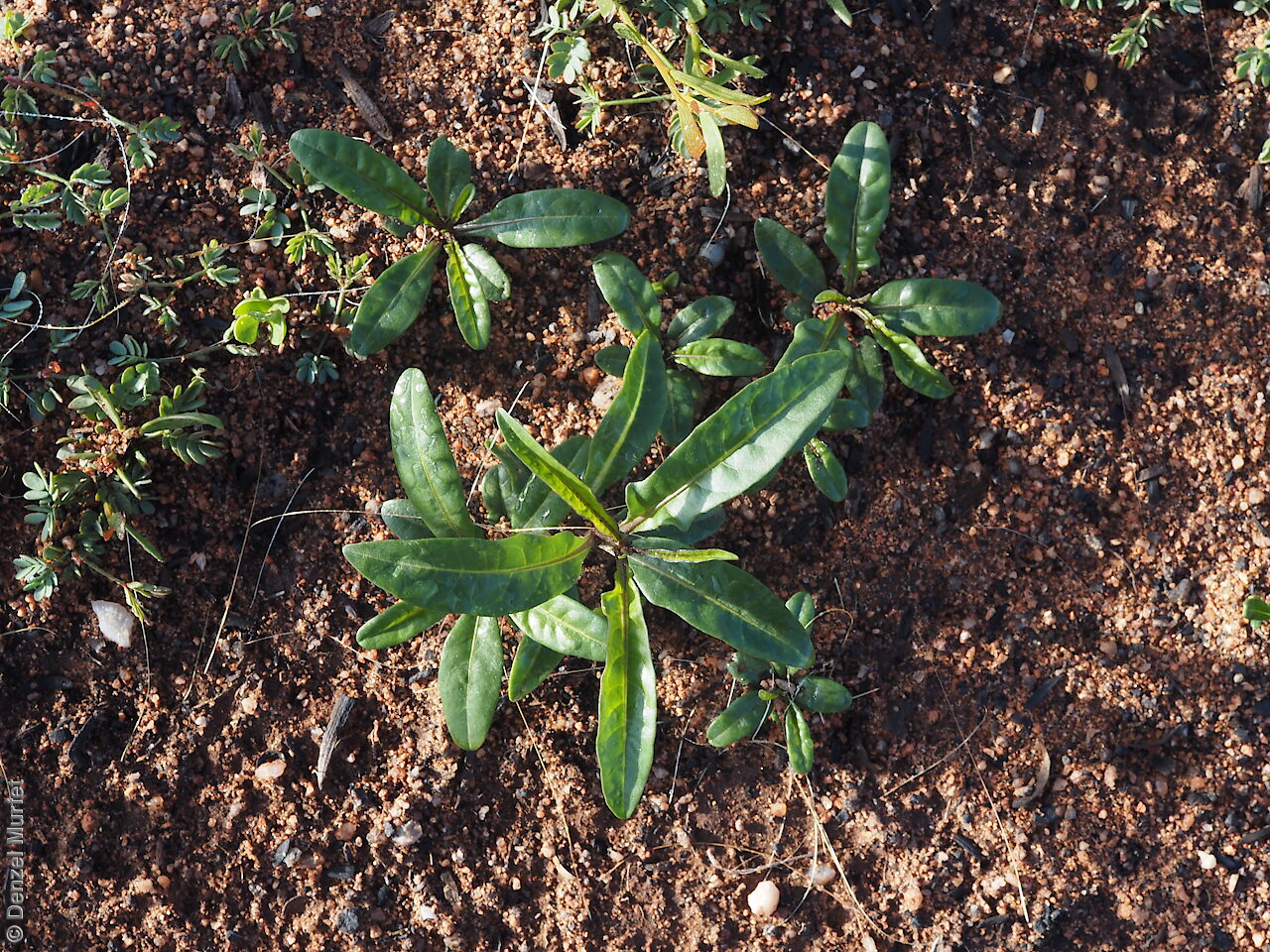
















Botanical art
Common names
Oondooroo
Kangaroo Apple
Etymology
Solanum was first used by Pliny the Elder (23–79) for S. nigrum, also known as strychnos and possibly from the Latin 'sol' meaning sun, referring to its status as a plant of the sun or from the Latin 'solamen' meaning solace, comfort, referring to the narcotic properties of some species. Simile from Latin meaning similar; possibly alluding to the species similarity to other Solanum.
Distribution and status
Found in the southern part of South Australia growing in drier, disturbed areas, gravel banks of creeks, roadside verges or seasonally flooded creek. Also found in Western Australia, New South Wales and Victoria. Native. Common in South Australia. Common in the other states. More abundant after fire.
Herbarium regions: Flinders Ranges, Eyre Peninsula, Northern Lofty, Murray, Yorke Peninsula, Kangaroo Island, South Eastern
AVH map: SA distribution map (external link)
Plant description
Erect soft-wooded shrub to 2 m tall. Leaves elliptic to lanceolate, to 8 cm long and 2 cm wide with both surfaces green and glabrous. Juvenile leaves up to 19 cm long and 9 cm wide, shallowly lobed towards base. Inflorescence a spike of 12 violet flowers. Flowering between September and April. Fruits are globular fruit to 15 mm diameter, ripening green, sometimes tinged with purple, becoming slightly translucent, succulent and aromatic when ripe. Seeds are orange-brown flat, round seed to 3 mm long and 2.5 mm wide, with a wrinkled surface. Within the fruit there will be some white hard spherical material. These are not seed. Seed embryo type is linear fully developed.
Seed collection and propagation
Collect seeds between December and June. Pick fruits which are ripening, usually soft and green. Greener fruits can be collected if the seeds inside are hard and turning brown. Place the fruits in a bucket of water and rub with your hands to separate the seeds from the flesh. Wash the mixture with clean water and drain. Place the mixture on paper towel and leave to dry overnight. Then rub the dried material by hand to remove any remaining flesh from the seeds. Use a sieve to remove the unwanted material. Store the seeds with a desiccant such as dried silica beads or dry rice, in an air tight container in a cool and dry place. From two collections, the seed viability was average to high, ranging from 80% to 100%.
| Location | No. of seeds (weight grams) | Number of plants | Date collected | Collection number Collection location | Date stored | % Viability | Storage temperature |
|---|---|---|---|---|---|---|---|
| MSB | 1,800 (2.35 g) | 12 | 14-Dec-2006 | TST144 Kangaroo Island | 80% | ||
| BGA MSB | 4,900 (6.43 g) 2,400 (3.29 g) | 30+ | 14-Dec-2006 | TST144 Kangaroo Island | 1-Aug-2007 | 80% | -18°C |
| BGA | 10,000 (40.11 g) | 15-Oct-2008 | TST729 Flinders Ranges | 20-Jul-2009 | 100% | -18°C |
Number of plants: This is the number of plants from which the seeds were collected.
Collection location: The Herbarium of South Australia's region name.
% Viability: Percentage of filled healthy seeds determined by a cut test or x-ray.